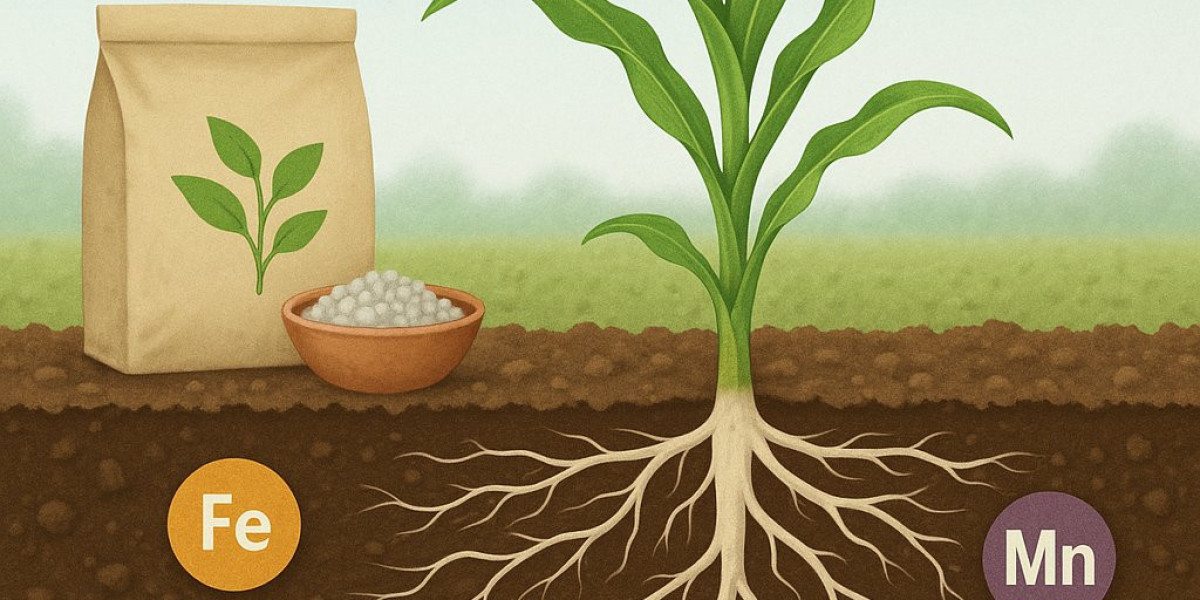Weather is the ultimate wildcard in farming. One week of heavy rain or a surprise heatwave can unravel an entire season’s effort. And while chemical interventions often promise quick fixes, they bring with them long-term soil fatigue, residue concerns, and resistance issues. More farmers today are asking a better question: how can I protect my crops from climate extremes without relying on synthetic chemicals?
Resilience is the solution. Not the synthetic sort, but naturally occurring, soil-supported, biologically adjusted solutions that prime crops to thrive—not simply thrive—in unpredictable environments. It is not necessary to cover your fields with a roof in order to weatherproof them. It entails employing clever techniques and materials that fortify ecosystems and plant systems from the inside out.
Here are eight proven, practical, and sustainable ways to make that happen.
Harness the Power of Biostimulants
Biostimulants are not fertilizers or pesticides. They are natural compounds—often derived from seaweed, protein hydrolysates, amino acids, or microbes—that stimulate plant processes to improve tolerance to abiotic stress like drought, salinity, and temperature swings.
What makes them effective is that they don’t push plants to grow faster—they help plants grow stronger. By boosting antioxidant activity, improving nutrient uptake, and enhancing root structure, they give crops a fighting chance during stress events.
Among the most powerful in this category is homobrassinolide, a plant steroid hormone that activates internal defense pathways. Farmers looking to Buy Homobrassinolide 0.04% online often use it before or during climate stress to help crops recover faster and reduce physiological damage from heat or cold.
Enhances photosynthesis efficiency under stress.
Improves recovery after drought or salinity exposure.
Build Resilient Soil with Organic Matter
The first line of defence for your crop against erratic weather is healthy soil. Like a sponge, organic matter retains moisture during droughts and absorbs surplus water during floods. Additionally, it provides nourishment for soil bacteria, which produce solid soil aggregates that are resistant to compaction and erosion.
Crops can access more stable nutrition cycles and increase microbial diversity by adding compost, green manure, or fermented plant matter (such as bokashi).
The Rodale Institute claims that an extra 20,000 gallons of water can be stored per acre with just a 1% increase in soil organic matter. When the rain stops, your crop can use that water.
Use Shade Nets and Low-Tech Protective Structures
Although they are not "chemical," structural safeguards like row coverings or shade nets can significantly lessen wind damage and temperature stress. Even a small amount of shade can help crops that are sensitive to heat, like pepper, spinach, or lettuce, stay 3–7°C cooler.
Additionally, shade nets assist conserve soil moisture without irrigation by lowering evapotranspiration. Simply covering fruit trees or vines with netting in hail-prone locations might save thousands of dollars in damages with little outlay of funds.
It's a simple approach: Adjust the microclimate to give your crops more time during periods of severe weather.
Practice Crop Diversification and Interplanting
It's like playing a game of chance with nature when you place all of your bets on one crop variety. Diversification lowers the chance that a single weather event may destroy your entire harvest and distributes risk among species.
Growing similar crops in the same area, or interplanting, also helps to mitigate extremes. While leafier plants naturally shade, deep-rooted species can draw water up from lower strata.
For example, growing maize alongside legumes like groundnuts or cowpeas improves soil nitrogen and stabilises plant microenvironments while also diversifying revenue.
“In a chaotic climate, diversity isn’t just an asset—it’s insurance.”
Switch to Climate-Smart Crop Varieties
Modern plant breeding is not just about yield anymore—it’s about resilience. Climate-smart varieties of rice, wheat, and millet have been developed to withstand submergence, salinity, or even delayed rains. Many of these varieties also have shorter maturity cycles, helping farmers dodge late-season weather threats.
Sources like CGIAR’s climate-resilient seeds provide access to such varieties, many of which are already field-tested in smallholder conditions.
These seeds are often the unsung heroes of weatherproof farming, quietly holding the line when everything else gives way.
Improve Water Management Without Chemicals
Irrigation is essential, but doing it smartly can make the difference between resilience and vulnerability. Drip irrigation, mulching, and contour farming all help keep water where it’s needed without flooding the root zone.
Mulching with crop residues or organic waste reduces surface evaporation and moderates soil temperature. Contour bunding and swales capture rainwater and reduce surface runoff on sloped fields.
In drought-prone areas, water harvesting structures such as farm ponds or percolation tanks are crucial for survival. These systems are low-tech but high-impact.
Apply Microbial Consortia and Biofertilizers
Plants are not alone. Their ability to endure stress is amplified by beneficial microbes that live on and around their roots. Biofertilizers contain live microbial strains like Azospirillum, Trichoderma, or Bacillus subtilis that help crops access phosphorus, fix nitrogen, or fight root pathogens.
In stressful conditions, these microbes help:
Produce hormones that calm plant stress.
Stimulate root growth deeper into the soil.
Microbial inputs also reduce the need for synthetic fertilizers and support long-term soil health. For more on this, check out the FAO’s resource on plant-microbe interaction for sustainable agriculture.
Design Your Farm Layout for Climate Resilience
Sometimes the layout include the answer rather than the field. The way you plant, where you plant, and even which way rows face can affect how much wind, heat, and water flow your crops receive.
For example, windbreaks constructed from moringa trees or vetiver grass lower wind speeds and safeguard delicate crops like papaya or bananas. Planting following contours can help sloped fields reduce erosion and water flow.
Furthermore, using agroforestry techniques to manage tree cover produces a cooler, more buffered microclimate that increases crop resilience to heat waves.
FAQs
Do these natural methods work as well as synthetic chemicals?
In many cases, yes. While results may take longer to observe, the resilience and long-term benefits are significantly more sustainable.Can I combine biostimulants with compost or biofertilizers?
Absolutely. In fact, stacking natural inputs tends to have a compounding effect on plant health and resistance.How often should I apply plant boosters like homobrassinolide?
Usually at key stress periods—before flowering, during heatwaves, or after transplanting. Follow product-specific guidance.Are these solutions certified for organic farming?
Most are, especially biostimulants and microbial inputs. Check labels and certifications before use.What’s the best method to start transitioning away from synthetics?
Begin with one or two changes—like compost application or biostimulant sprays—and observe results over one season before scaling up.
There’s No Pause Button in Farming
The weather is impatient. You shouldn't either. Although they could offer temporary respite, synthetic drugs don't develop long-term strength. They don't strengthen poor soils, they don't help your plants think for themselves, and they most definitely don't get your fields ready for the upcoming growing season.
Although natural remedies don't guarantee a panacea, they do provide something much more beneficial: flexibility. Each of these techniques helps create a farm system that can withstand setbacks and recover.
The rain cannot be avoided. The heat cannot be contained. However, you can prevent your crops from dying the instant stress appears. And farming like that is what endures.








